- Overview of Spray Guns and Their Technology
- Paint Spraying Tips and Techniques
- The Importance of Spray Gun Maintenance
- Achieve Optimum Results with a Spray Gun from Bolair
Industrial finishes are primarily used for the purposes of surface protection, visual appeal, and functional performance. However, to apply these coatings, spray finishing equipmentmust be used in order to guarantee an error-free finish.
Spray guns are essential components of this type of equipment, and require experience and dexterity for proper utilization - that's why understanding how these devices work, along with which spray techniques are needed, is crucial for ensuring correct operation and error-free results.
Overview of Spray Guns and Their Technology
Spray guns are directly controlled by the user or a computer (automated) during the coating process, and each gun has its own intricacies and features that must be understood in order to ensure a flawless finish.
There are a number of industries that utilize spray guns, each with its own preferred materials. Some of these most common industries include automotive finishing, structural, metal and wood finishing, manufacturing, commercial and residential painting..
Types of Spray Guns
Spray guns come in different forms, influenced by what materials they will process. In general, there are four main types:
- Air Spray
- Conventional Spray Guns: referred to as the traditional air spray type provides a high finish quality, high fluid flow with low transfer efficiency.
- HVLP Spray Guns: High-volume low-pressure spray guns rely on large volumes of compressed air to atomize liquid paint and make it sprayable. The result is good finish quality and higher transfer efficiency than conventional spray.
- Compliant Spray Guns: Low-volume low to medium pressure spray guns use significantly less compressed air than their HVLP counterparts, making them ideal for higher viscosity and water-borne materials.
- Airless Spray Guns: Unlike air spray guns, airless spray guns rely on efficient motorized pumps to build up fluid pressure, which creates a more consistent and even coating.
- Air Assisted Airless Spray Guns – Combining low air pressure with medium to high fluid pressure results in a high transfer efficiency with a high level of finish quality.
- Electrostatic Spray Guns - can be air spray or air assisted airless. The paint is electrostatically charged providing high transfer efficiency wrapping around the item being painted.
Choosing the Right Equipment for Your Project
Using the wrong spray gun and nozzle can have disastrous effects on your final coating. It's important to remember that spray tips come in different shapes and types, including flat and round, and they each have their own general sizing parameters that are based on which type of material you're applying. For example, the following chart shows the various nozzles/tips used for Air Spray types of spray guns:
Nozzle Size (mm) | Application |
0.8 | Extremely thin coatings like mists and films |
1.2 | Clear coats and stains for furniture finishing |
1.4 | Single-coat painted applications |
1.6 | Multi-purpose, general paint coatings |
1.8 | Quick-drying, thick primers |
2.0-2.5 | Very viscous materials, such as epoxies |
Adjusting Spray Gun Settings
There are two main mechanisms that you can adjust on your air spray gun, depending on your job: air pressure and flow rate.
Both of these can be adjusted via a knob, usually located on the back or bottom of the gun. Adding more air will pressurize the system and create a forceful spray pattern, and increasing the flow rate will increase the amount of paint that enters the system, resulting in a thicker coating.
Paint Spraying Tips and Techniques
As with all human-operated devices, spray guns do offer the possibility of error if operated incorrectly.
There is quite a bit of skill that comes with using professional spray painting equipment, but with enough preparation and practice, perfection can be achieved.
Surface Preparation
Even a novice spray gun user can accomplish surface preparation.
Before beginning any project, you'll want to make sure that any prerequisite sanding, cleaning, or priming has been completed. Painting safety tips should also be considered - everyone who is handling spray paint must be equipped with the proper PPE, such as respirators and full paint suits.
Using the Correct Paint Viscosity
Different applications call for entirely different paint mixing ratios and viscosities. Always read the manufacturer's labels on the products that are being used so that the correct ratios can be set on the spray finishing machinery.
It's also important to never apply coatings outside of their specified temperature and humidity parameters.
Spray Pattern Control: Physical Techniques
When it comes to actual application, the user's spray technique typically has the most impact on the quality of their final result.
Spray guns are generally straightforward to use, but they do require specific movements to create an optimum spray pattern. Some techniques include:
- Perpendicular Wrist Movement: Try to avoid fanning the spray gun in an arc-like pattern. Instead, keep your wrist at an equal distance from the spray medium, and move it perpendicularly in a horizontal or vertical motion.
- Continuous Movement: You should always release or pull the spray gun's trigger while in motion, as doing so prevents excessively heavy paint lines at the start and end of your spray pattern.
- Overlapping Strokes: Each pass with the spray gun should overlap with at least 50% of the previous.
Advanced Finishing Techniques
Once you've mastered the basics of paint application, you'll want to perfect your pattern with more advanced spray gun techniques that are tailored to your industry.
For example, automotive painting benefits from having the spray gun positioned six to eight inches from the vehicle's surface. This helps reduce the likelihood of orange peeling.
Meanwhile, if a matte, glossy, or textured finish is desired, you'll want to make sure that you're purchasing a paint that includes the appropriate oxide or agent.
The Importance of Spray Gun Maintenance
In addition to using the correct equipment, paint, and spray techniques, you'll want to frequently maintain and service your spray gun by pouring waste thinner into the device and shaking it around to remove any leftover paint. Doing this regularly will help promote longevity and reduce common spray issues.
Achieve Optimum Results with a Spray Gun from Bolair
Using a spray gun is not inherently complex, but the differences in achievable finish quality can be greatly influenced by your physical spray technique, surface preparation, materials and equipment, and frequent maintenance.
Above all else, it's important to invest in and practice your technique with the help of high-quality spray guns. At Bolair Fluid Handling Systems, we're proud to be the leading distributor of spray finish guns and solutions in Canada, and would be pleased to help you find the right product for your specific application needs. Reach out to one of our industry professionals today for assistance.

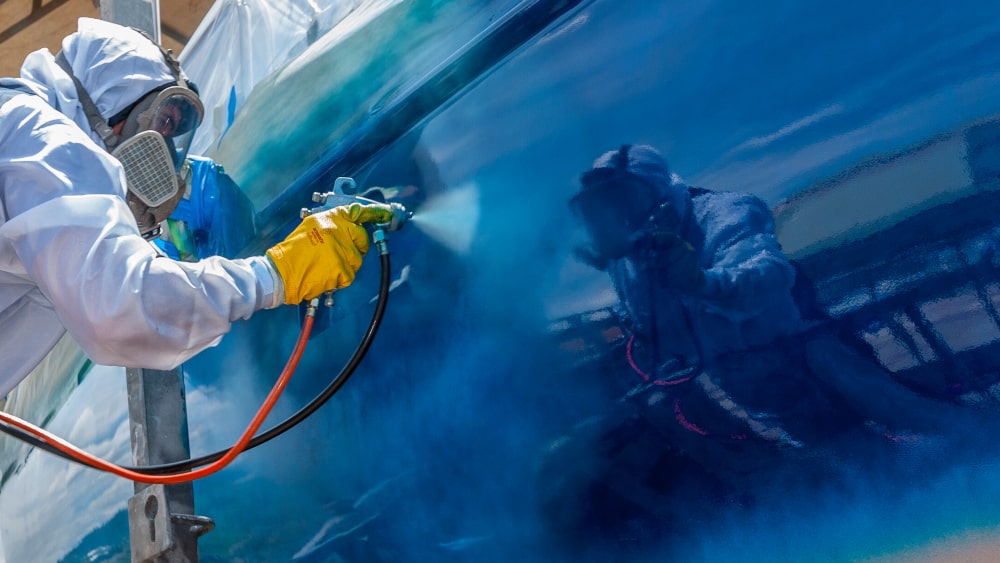

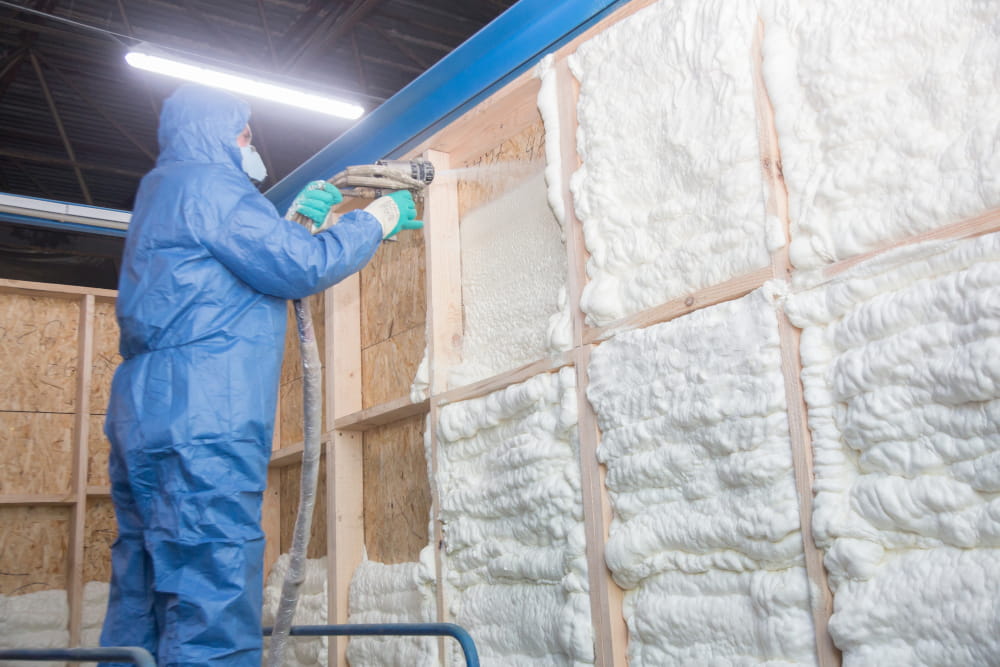
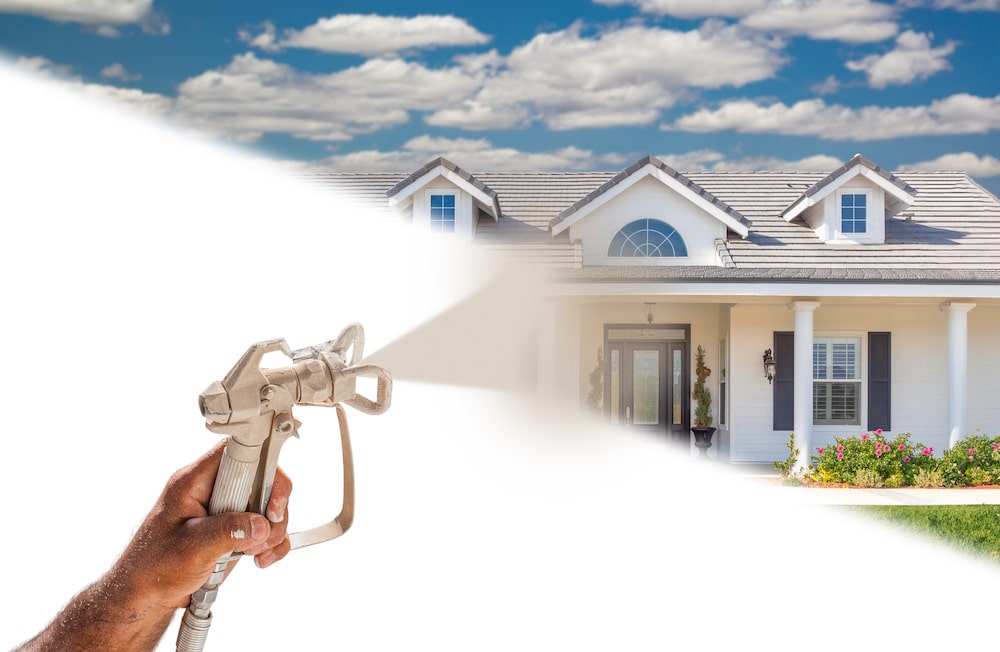
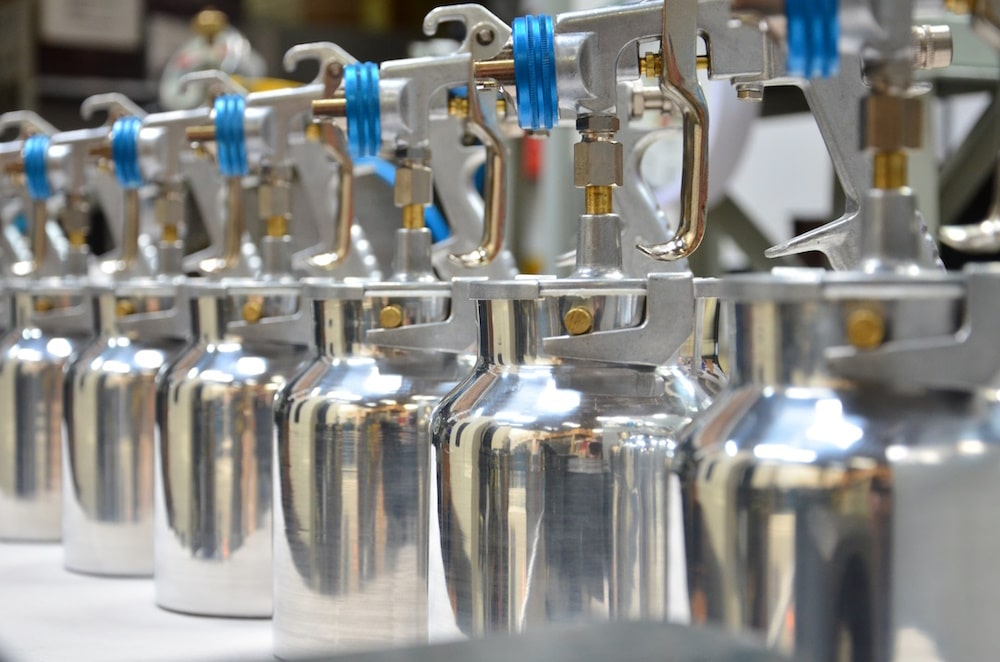
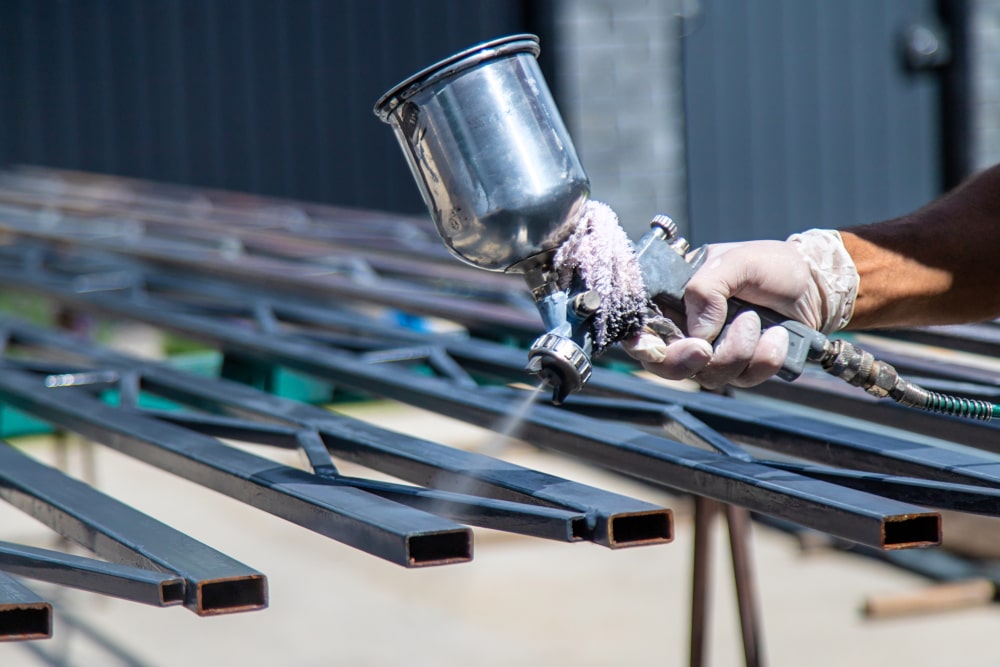

Validate your login
Sign In
Create New Account